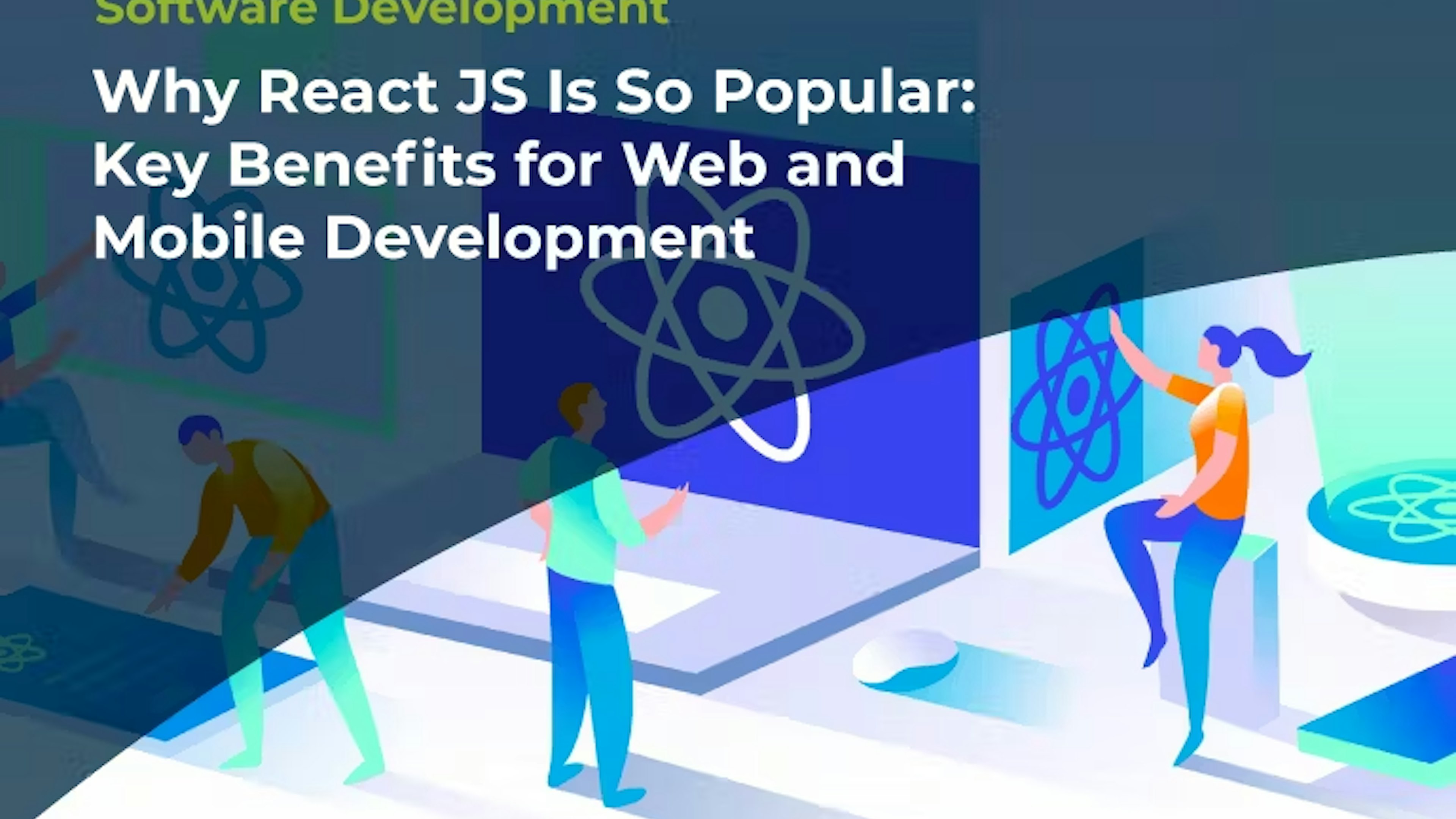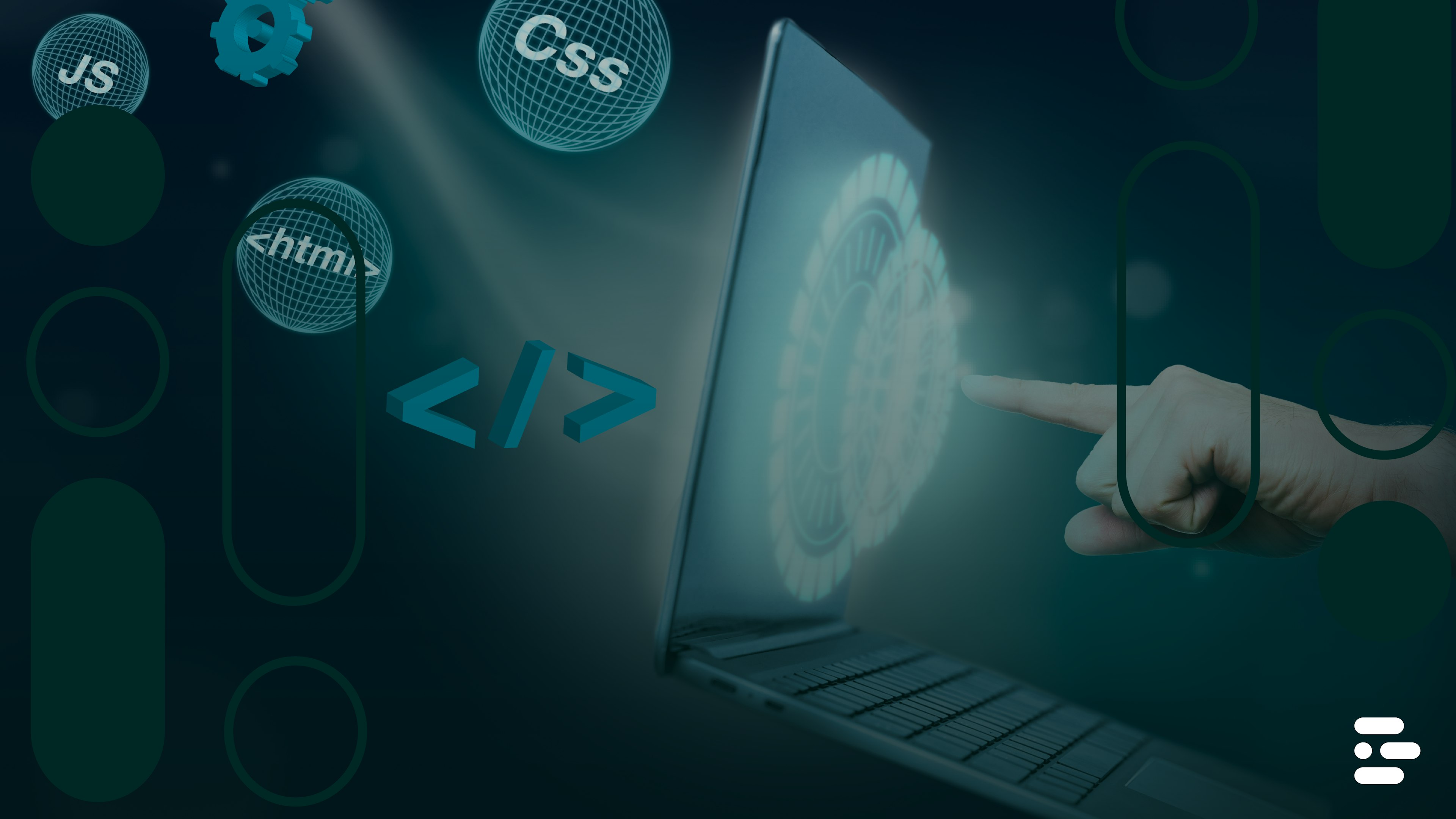5 Ways to Streamline Your Tech Hiring Process


The extended workforce is no longer a side strategy. HR leaders are now central to governing how contractors, agencies, and service partners plug into core work, systems, and culture. The opportunity is real, and so is the responsibility. Deloitte’s 2024 Global Outsourcing Survey shows organizations are diversifying how they source skills, but also reveals gaps in governance maturity across the extended workforce. Only about one in five say their traditional VMO owns an extended workforce strategy, and most report the function is not fully mature. That is a risk for compliance, data protection, and employee experience, and a chance for HR to lead.
What follows is a roadmap to navigating compliance, security, culture, and onboarding in a way that turns today’s extended workforce challenges into tomorrow’s competitive advantage.
1. Staying Ahead of Compliance Change
Independent contractor classification. The US Department of Labor’s final rule took effect March 11, 2024, adopting a six-factor “economic realities” test under the FLSA, which generally narrows the path to treating workers as contractors. While litigation has created some uncertainty, employers should plan to evaluate contractor relationships against the 2024 standard and keep counsel close.
Pay transparency obligations.
Multi-state employers face a patchwork of job-posting disclosure laws. Illinois now requires pay scale and benefits in external postings for 15+ employees, effective January 1, 2025. California’s SB 1162 has required pay ranges in postings since 2023, including remote roles that could be filled in CA. HR should standardize nationwide job templates that meet the strictest state rule.
AI in hiring, bias audits, and notices.
NYC’s Local Law 144 requires an annual independent bias audit and candidate notices when automated employment decision tools are used in hiring or promotion. More jurisdictions are exploring similar guardrails. The EEOC is also scrutinizing AI tools under existing anti-discrimination laws, a stance underscored by the high-profile Workday case. HR should assume AI-aided screening falls under Title VII scrutiny and build auditability into vendor selection.
Looking to 2026, Colorado’s AI Act.
Colorado SB 24-205 will require “developers” and “deployers” of high-risk AI systems to exercise reasonable care to prevent algorithmic discrimination, documenting risk management and impact assessments. Plan now with your vendors, since employment uses are in scope and effective compliance creates a rebuttable presumption of “reasonable care.” A recent update delays the effective date to June 30, 2026, but expectations remain.
I-9 and remote verification.
Since August 2023, E-Verify employers in good standing may use DHS’s optional alternative procedure to remotely examine identity and work authorization documents over live video, with guardrails and consistency rules. This is a practical path for distributed teams and external talent onboarding.
Bottom line for HR: Create a single, cross-functional compliance checklist for any external partner or contractor engagement that covers classification, pay transparency, AI in hiring, I-9 verification, and state-by-state addenda. Keep counsel in the loop, and insist vendors contractually commit to these standards.
2. Security and privacy: The new non-negotiables for vendor due diligence
Security incidents are costlier and more disruptive than last year. IBM’s 2024 Cost of a Data Breach report puts the global average at 4.88 million dollars, a ten percent jump. Compromised credentials remain a leading entry point. For HR, that translates to disciplined identity access management for partner personnel, quick offboarding of accounts, and selecting vendors that can prove their controls.
Which standards should vendors meet. Two frameworks dominate evaluation: ISO/IEC 27001:2022 for an information security management system and SOC 2 for service-organization controls. ISO 27001 is globally recognized and suitable for multiregional operations, while SOC 2 is common for North American SaaS and service providers. Both emphasize risk assessment, access control, and continuous monitoring. If you operate in Europe or handle EU personal data, ask whether the vendor has added ISO/IEC 27701 for privacy extensions.
Adopt the new NIST CSF 2.0 lens. In February 2024, NIST released Cybersecurity Framework 2.0, adding a new “Govern” function and updated guidance on tiers and continuous improvement. Use CSF 2.0 to align HR, IT, and Procurement on a common baseline for vendor due diligence and access controls.
Organizations are now transitioning to the 2022 revision of ISO 27001 with its updated control set. Vendors that fail to modernize controls, log management, and identity governance will lag. During due diligence, request the current certificate or audit report, the Statement of Applicability, and a mapping of controls covering HR-sensitive areas such as joiners-movers-leavers.
3. Culture and morale: Minimize change fatigue and make external talent a culture add
Gartner’s 2025 priorities note a widespread rise in change fatigue. HR leaders say managers are not equipped to lead through constant transformation. The fix is not simply fewer changes; it is better change design. When you bring in a partner team, protect team energy by providing context, clarifying roles, and making collaboration rituals predictable.
SHRM’s research shows employee experience is a cross-functional responsibility and a top priority for HR teams. Treat partner integration as part of that experience. Include externals in the communications cadence, set expectations on tools and response times, and measure sentiment across both internal and external contributors.
4. Onboarding and offboarding that work for HR, IT, and the business
SHRM reports collates evidence that many employers underperform at onboarding, with low perceived preparedness among new hires. Standardized, role-tailored onboarding boosts productivity and engagement. Treat external partner onboarding with the same rigor as employees.
A streamlined, compliant onboarding flow for external talent:
- Pre-clearance: Role definition, classification assessment under the DOL 2024 standard, conflict of interest declarations, background screening compliant with FCRA and state “fair chance” rules. Keep disclosures and authorizations clean and separate.
- Identity and access: JIT access, MFA, least privilege, secrets management, audit logging. Map access to deliverables and set auto-expiry. Align with NIST CSF 2.0 “Govern” and “Protect.”
- Data handling: Vendor attests to SOC 2 Type II scope for PII and applicant data, plus incident response obligations and breach notification SLAs.
- I-9 where applicable: If the external worker is a direct hire or becomes an employee, leverage the DHS alternative remote verification procedure through E-Verify with consistent application across sites.
- Culture integration: Assign a business sponsor, define the meeting rhythm, and include partners in retros to reinforce one-team norms. Link to employee well-being initiatives highlighted in your human sustainability goals.
No-drama offboarding that actually closes risk:
- Day-zero access removal tied to HRIS termination events and vendor SOW end dates.
- Asset and data return certificates from vendors, including code, configs, and documentation.
- Account audits to confirm no lingering access in SaaS and cloud resources, since residual access is a proven breach vector.
5. A practical due-diligence checklist HR can run with
Regulatory and policy fit
- Contractor classification review under the DOL 2024 rule
- Pay transparency compliance plan for all job postings touching CA, IL, and other states
- AI-in-hiring usage disclosed, bias audit status for NYC, and readiness for Colorado 2026
Security and privacy
- SOC 2 Type II or equivalent assurance for in-scope systems
- NIST CSF 2.0 alignment, including “Govern” controls
- RBAC, MFA, logging, and incident response SLAs
- Offboarding automation proof, including identity provider integration
Employee experience and culture
- Working agreement that defines decision rights, meeting cadence, documentation norms
- Knowledge transfer deliverables and mentoring expectations
- Alignment to human sustainability and well-being commitments from leadership messaging to team practices.
Onboarding and offboarding
- Role-tailored onboarding plans with measurable time-to-productivity
- I-9 and E-Verify processes for any hired employees, using the remote alternative where eligible
- Deprovisioning checklist and attestation on completion
6. Advantages to emphasize internally, with realistic limitations
Advantages
- Speed and flexibility without cutting corners, thanks to remote I-9 verification for enrolled employers, standardized pay transparency templates, and vendor security attestations.
- Reduced cyber and compliance risk when you insist on SOC 2 Type II, NIST CSF 2.0 alignment, and bias-audit readiness where AI tools touch hiring.
- Stronger culture outcomes when partners are integrated with clear expectations and knowledge transfer, addressing the trust gap workers cite in 2024 research.
Limitations to manage
- Regulatory fragmentation across states requires playbooks and templates to maintain consistency.
- AI governance maturity is uneven, and case law is developing, so HR should document decisions and retain audit trails.
- Insider and credential risks persist if offboarding is manual or delayed, so invest in identity automation and periodic access reviews.
7. What great looks like by 2026
By mid-2026, leading HR teams will:
- Treat AI-in-hiring as a governed process with documented bias testing, notices, and jurisdiction-specific controls, positioning ahead of Colorado’s AI Act effective date.
- Embed NIST CSF 2.0 into vendor onboarding, with HR, IT, and Legal sharing a unified risk scorecard.
- Require SOC 2 Type II for any vendor touching employee or applicant data, with continuous monitoring rather than annual “point in time” checks.
- Measure EX impact of external partners, connecting onboarding quality and knowledge transfer to engagement and retention metrics.
Closing thought
HR is uniquely positioned to harmonize compliance, security, and culture in how your company uses external talent. With a clear playbook, the right standards, and transparent communications, HR can accelerate business objectives and improve the employee experience at the same time.
If you want to see how this HR-first approach translates into real business outcomes, continue with our related piece: Driving Strategic Growth Through Software Development Partnerships.
Subscribe to our newsletter
Stay informed with the latest insights and trends in the industry
Content
You may also like


